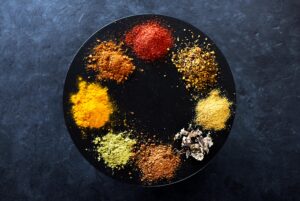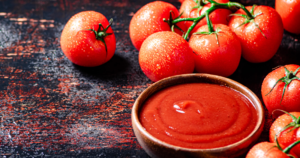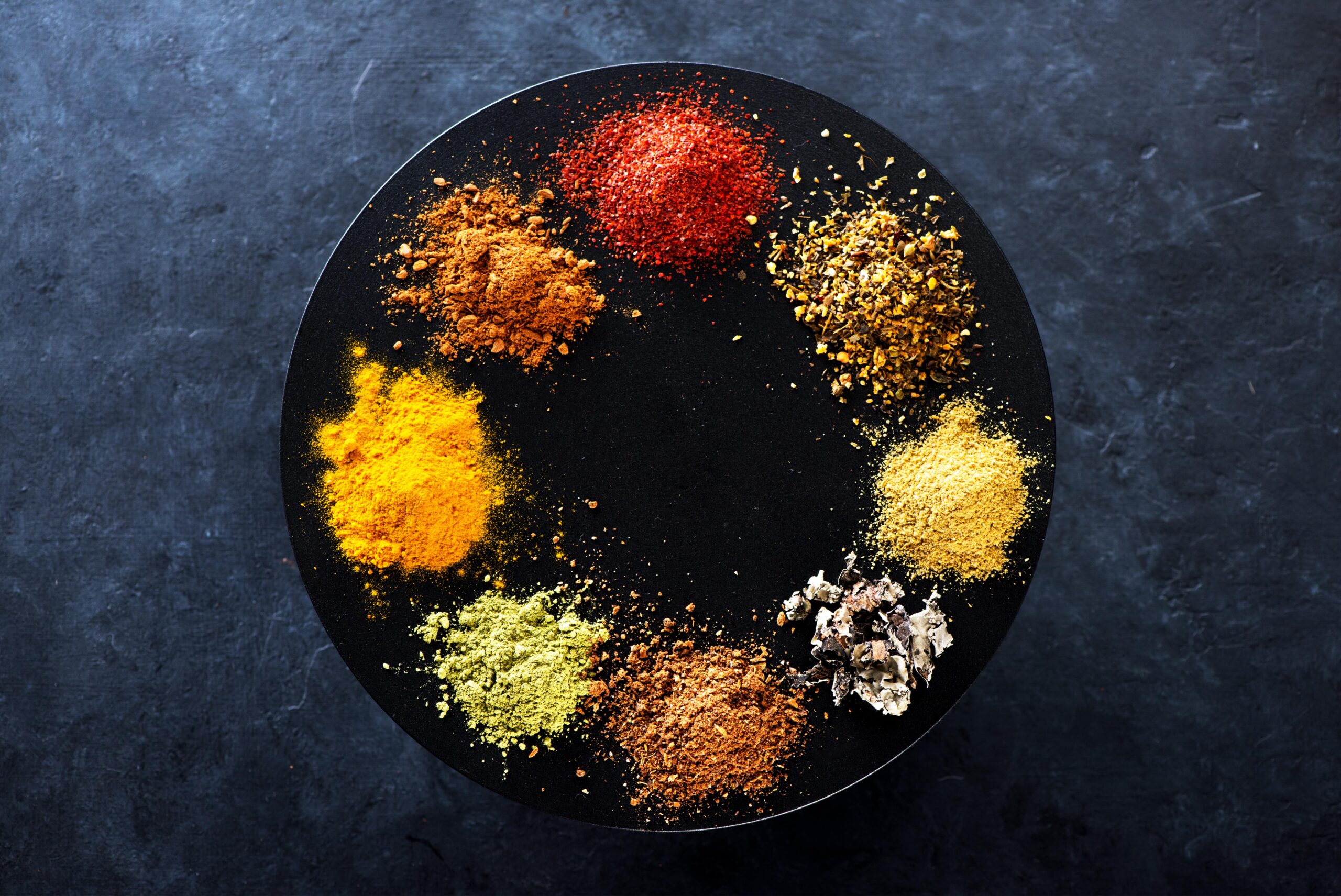 One of the most important steps to being healthier is to pay close attention to what you’re putting in your body. This often means looking closely at what you’re eating. One very important step is to check the nutrition labels on things you buy at the store. It’s important not to believe too much the claims made on the front of the box, because that’s usually advertisement trying to trick you into buying the product. You get closer to the truth (though not all the way) by reading nutrition labels. Here are a few tips for interpreting those labels.
One of the most important steps to being healthier is to pay close attention to what you’re putting in your body. This often means looking closely at what you’re eating. One very important step is to check the nutrition labels on things you buy at the store. It’s important not to believe too much the claims made on the front of the box, because that’s usually advertisement trying to trick you into buying the product. You get closer to the truth (though not all the way) by reading nutrition labels. Here are a few tips for interpreting those labels.
Serving Size
Serving sizes are often selected to be misleading. Even on some packages that are obviously designed to be eaten in one sitting, the serving size will be of a smaller quantity than the packaging in order to make it seem that there are fewer calories or less sugar in the product than there is. Always check the “Servings per container” to see if you’ll need to multiply the numbers in order to understand the true contents of the food. It’s also important to know that serving sizes are usually not recommended serving sizes, but an arbitrary size chosen by the manufacturer for purposes of the nutrition label. You should consult with a dietitian to better understand how much of a kind of food you should be eating according to your needs.
Calories
Calories come in several varieties, but the total calories is a useful first-approximation for the nutrition of the food. Be sure to multiply the calorie count by the servings per container as discussed above to get a more accurate measure. If your diet relies on counting calories, this will give you an idea of how suited the food is to your health needs. Additionally, be sure to take note of calories from fat. If this number is a sizable portion of the total calories, then be sure to consider whether it is appropriate for your diet.
Sugar
An enormous number of foods have added sugar that is not always reflected in the labeling. Food manufacturers are not required to put the percent of daily allowance for sugars, and will usually leave this area blank on the label. A handy conversion to get a sense of how much sugar the food contains is to divide the grams of sugar by four: there are about 20 grams of sugar per 5 teaspoons of sugar, so, for example, if a product has 40 grams of sugar, that’s about 10 teaspoons of sugar. This will help you get a good idea of how much sugar you’re consuming in the food.
Ingredients
Sugars are often hidden under many different names, so be sure to read over the list of ingredients. You may find references to various kinds of sugars, syrups, glucose, dextrose, fructose, and other things that are just ways of disguising the added sugar content. A good rule of thumb is to try and avoid products with very long lists of ingredients. On the other hand, some of those added ingredients may be beneficial, so it’s important to be aware of the kinds of ingredients that are in the foods you want to eat.
Besides exercise, your diet has probably the greatest impact on your health of anything you do, so it’s very important to pay attention to what you eat. The most immediate source of information is the nutrition label included on all food that is sold in the United States, but those labels are only useful if you read them and understand what they’re telling you about the food you eat.
If you have any concerns about your health and your diet, be sure to contact Internal Medicine, Lipids, and Wellness Practice of Fort Myers, where we have a certified dietitian available at our office. Call today: (239) 362-3005, extension 200.










